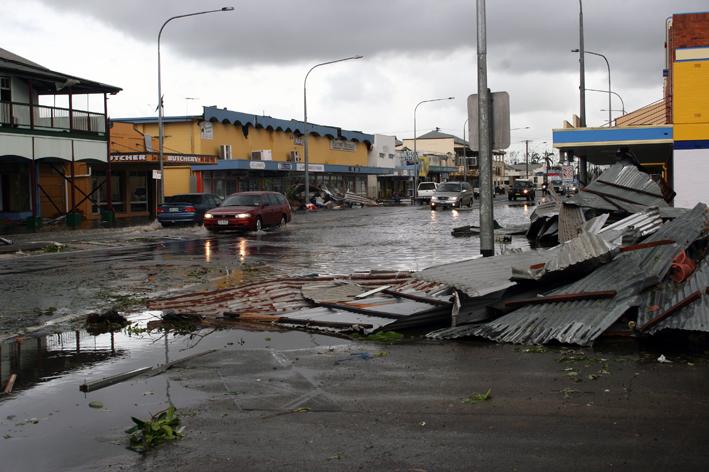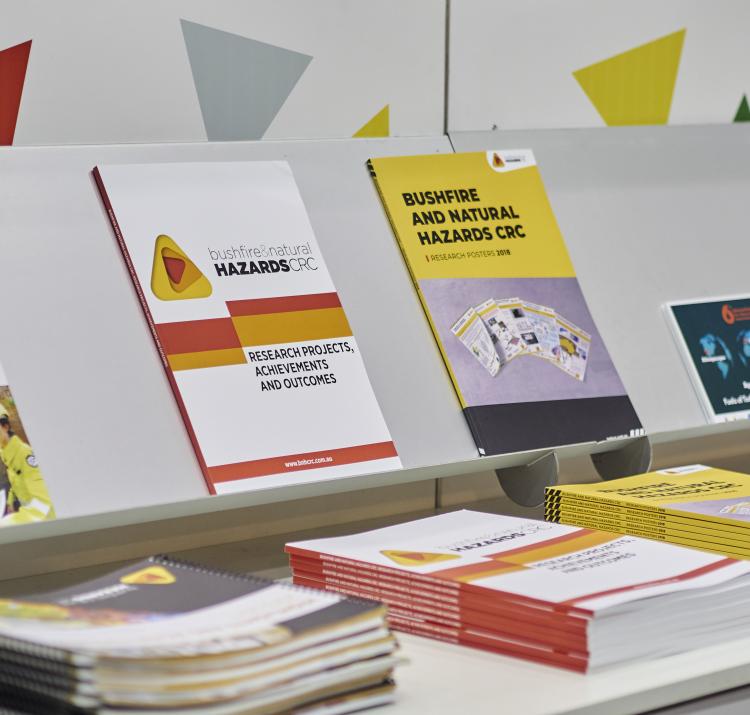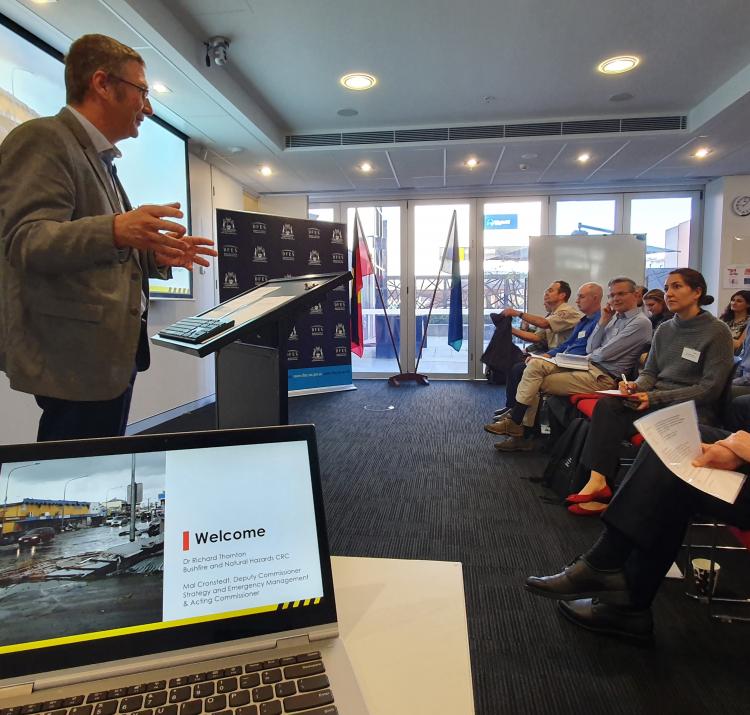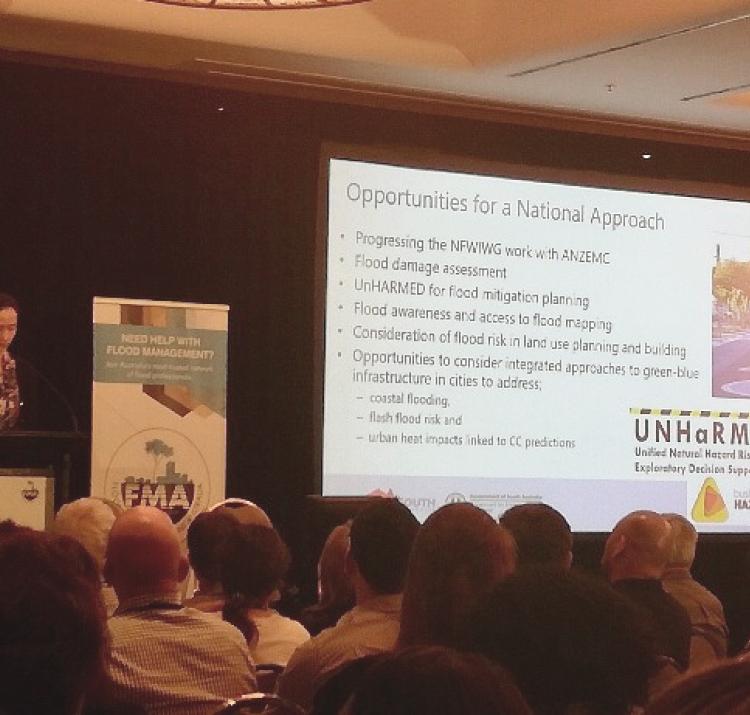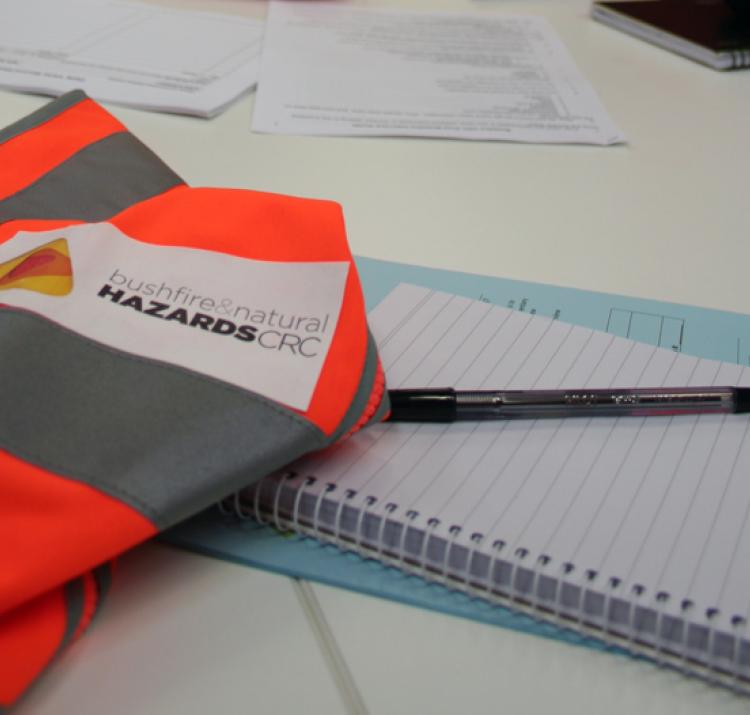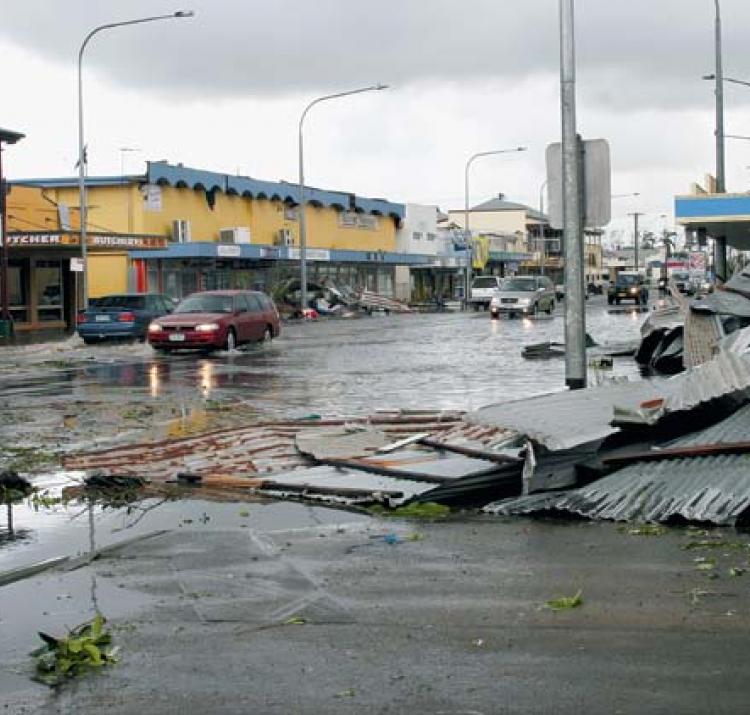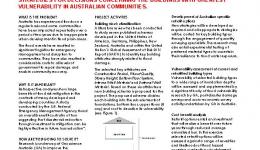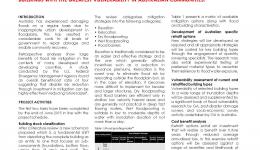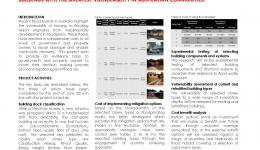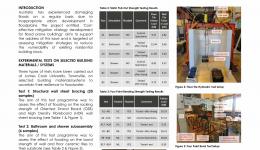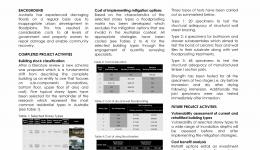Research leader
Research team
End User representatives
The motivation for this project arises from the experience and observations made during the 2011 and 2013 floods in Australia, which caused widespread devastation in Queensland. Considerable costs were sustained by all levels of government and property owners to effect damage repair and enable community recovery.
A fundamental reason for this damage was inappropriate development in floodplains and a legacy of high risk building stock in flood prone areas. While the vulnerability and associated flood risk for newer construction is being addressed (moderated) by new standards (ABCB, 2012), building controls and land use planning, the vulnerability associated with existing building stock remains. This vulnerability contributes disproportionally to overall flood risk in many Australian catchments.
This research addressed this issue and is targeted at assessing mitigation strategies to reduce the vulnerability of existing residential building stock in Australian floodplains. The project addressed the need for an evidence base to inform decision making on the mitigation of the flood risk posed by the most vulnerable Australian houses and complements parallel CRC projects for earthquake and severe wind.
The project has developed a building classification schema to categorise Australian residential buildings into a range of typical storey types. Mitigation strategies developed nationally and internationally have been reviewed. A floodproofing matrix has been developed to assess appropriate strategies for the selected storey types. All appropriate strategies have been costed for the selected storey types through the engagement of quantity surveying specialists. Vulnerability curves have been developed featuring reduced losses achieved through appropriate mitigation strategies for the five selected storey types.

